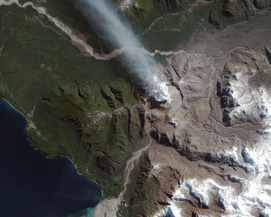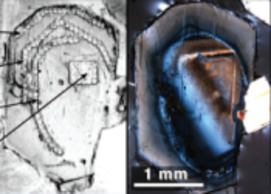The Life and Times of Silicic Volcanic Systems
Silicic volcanic systems provide timed snapshots at the Earth’s surface of the magmatic processes that also build complementary plutons in the crust. Links between these two realms are considered here using three Quaternary (<2.6 Ma) examples from New Zealand and the USA. In these systems, magmatic processes can be timed and the changes in magmatic conditions can be followed through the sequence of quenched volcanic eruption products. Before an eruption, magma accumulation processes can occur on timescales as short as decades, and whole magma systems can be rebuilt in millennia. Silicic volcanic processes, in general, act on timescales that are too rapid to be effectively measured in the exposed plutonic record.
The Life and Times of Silicic Volcanic Systems Read More »



